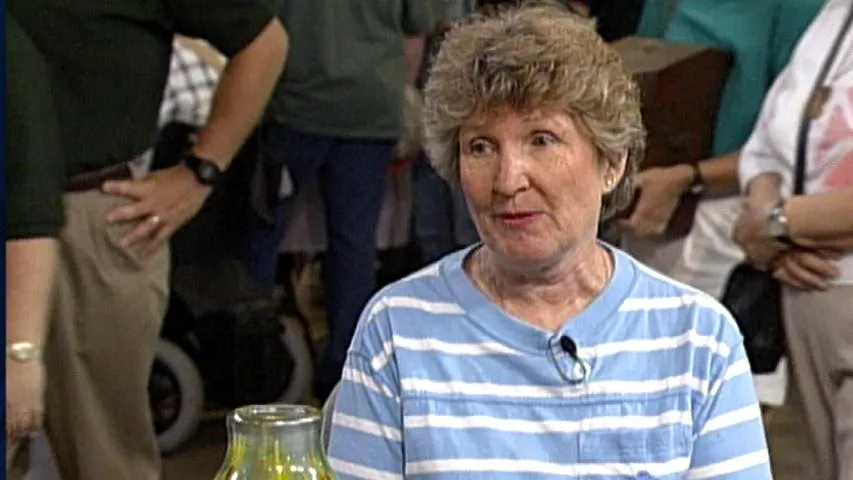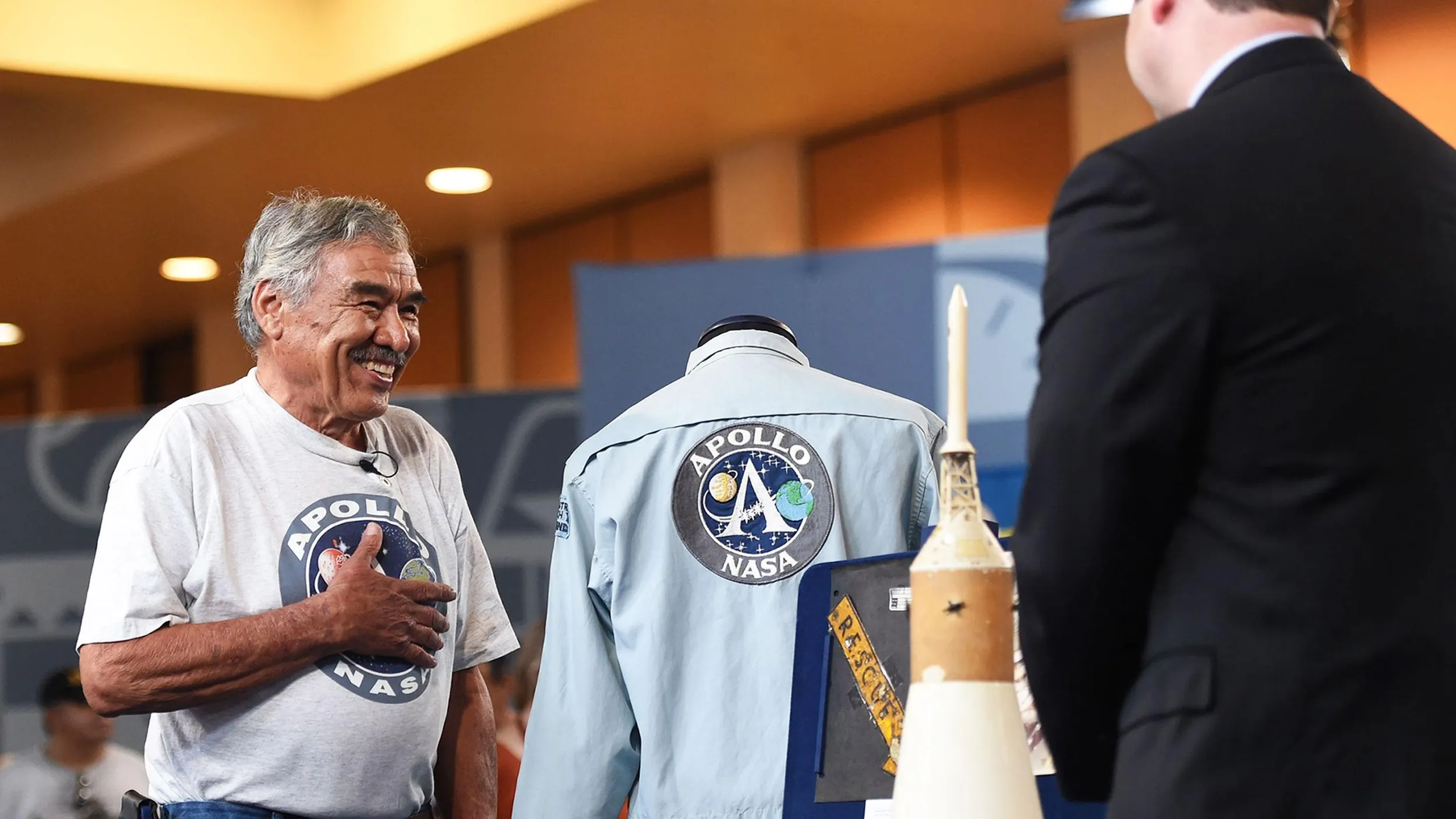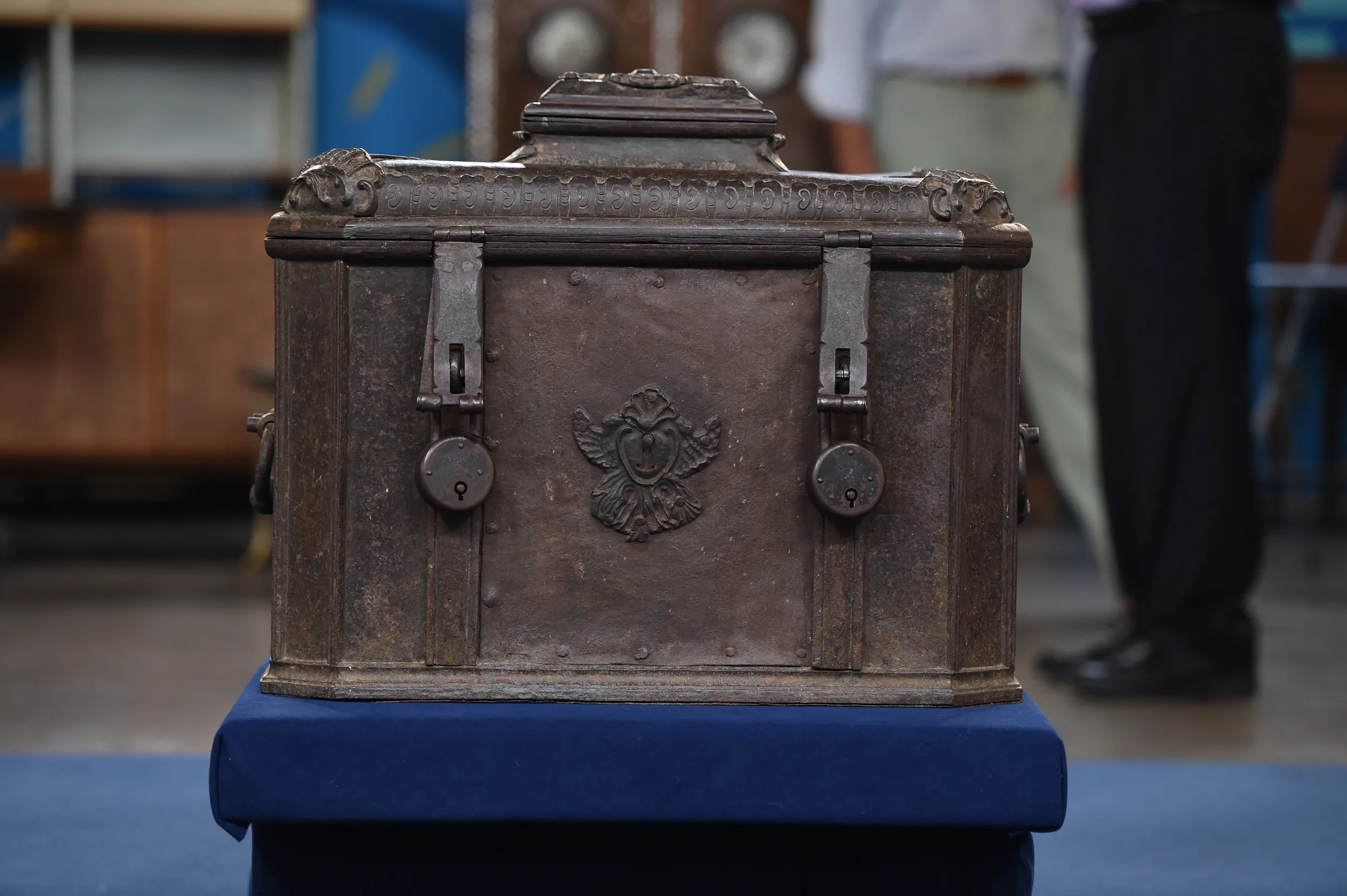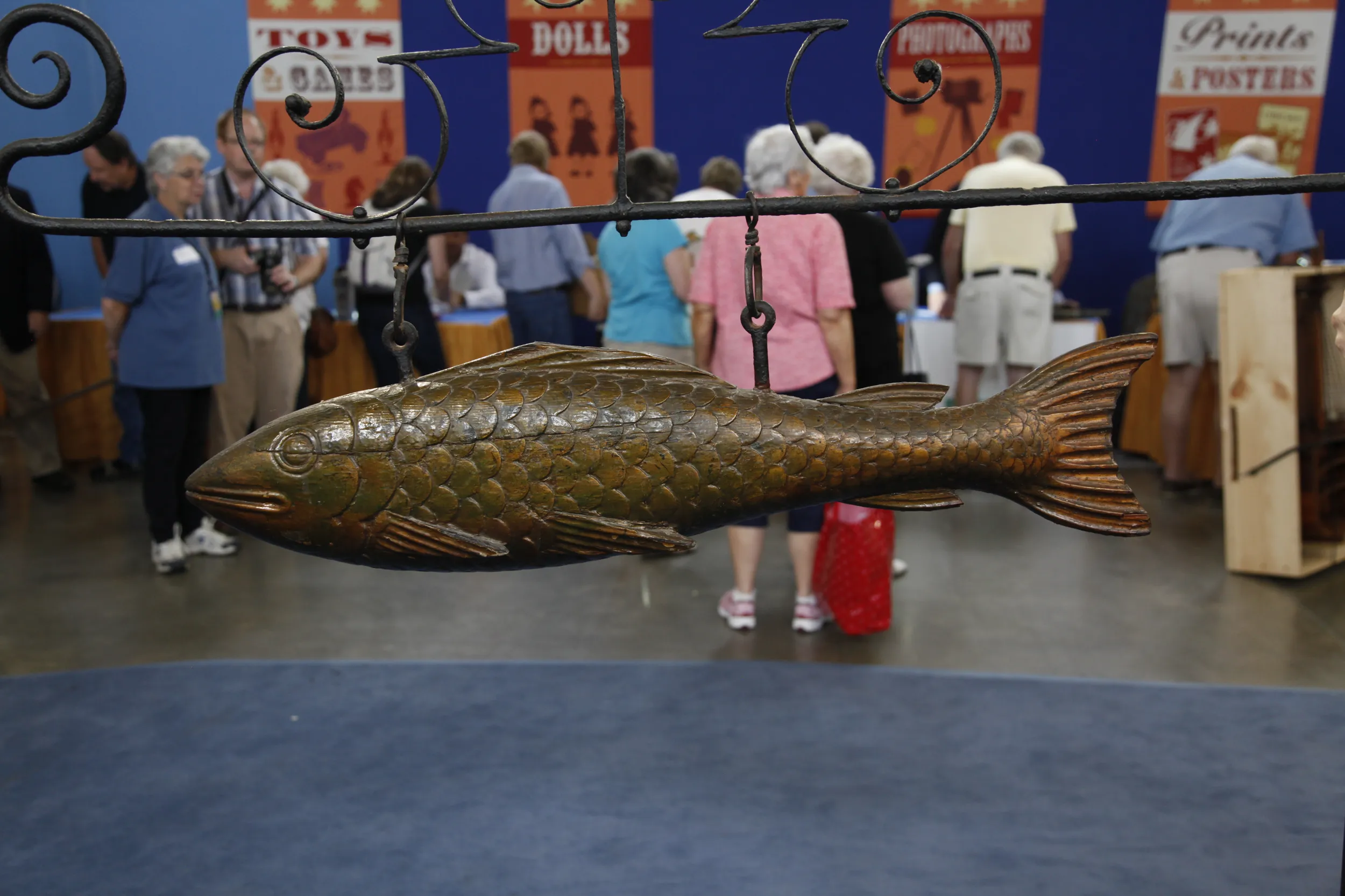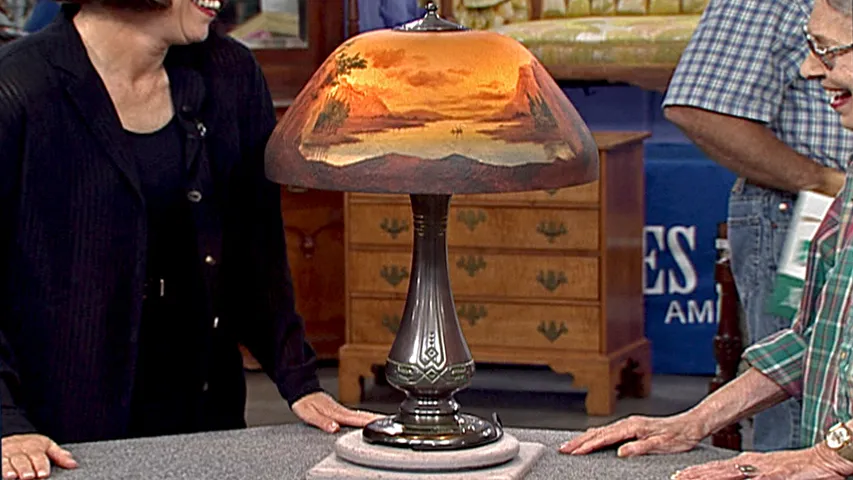GUEST: It belonged to my cousin, and it was his great-grandfather that invented this. And they made them in Hartford, Connecticut.
APPRAISER: And you've just always had it.
GUEST: I've had this one about 20 years.
APPRAISER: Right.
GUEST: Yeah, yeah and I just opened it about two months ago when I learned that you were coming.
APPRAISER: Really? Wonderful, well, I'm very glad you did. This is known as a celestial indicator, and it's fascinating, because not only is it in good condition, you've got the instruction sheet, and you've got the original packing case, which is very rare, and it even has got the maker's name, and says that it was made here in Hartford. So it's got local history as well as technical history and scientific history.
GUEST: Uh-huh.
APPRAISER: These were used for demonstrating to children, to schools, and to adults how the solar system worked.
GUEST: Mm-hmm.
APPRAISER: And you turn that knob, and in the center, you have the sun, then Mercury, Venus. After that, our own planet Earth right there. It's suffered a little bit of damage. It's lost the paper gores. Our own moon, which can move. If this were working properly, the moon would orbit the Earth, as well.
GUEST: Yeah, uh-huh.
APPRAISER: And then Mars, Jupiter, and so forth. In fact, as you notice, there are less planets here than we now know are actually in the solar system.
GUEST: That's true.
APPRAISER: The piece is over 100 years old. It's constructed from lacquered brass on a painted cast-iron base. Now, according to our little instruction sheet here, you could have gotten a fancier cast-iron base with florid decoration.
GUEST: Uh-huh.
APPRAISER: Along the outer edge, you have the stars, the constellations. It's a great example of Victorian technology, and they're very, very collectible today. At auction of science and technology, I would not be surprised to see this sell for between $3,000 and $5,000.
GUEST (laughing): Oh, I'm surprised.
APPRAISER: Good.
GUEST: When they were made they were $25.
APPRAISER: Exactly.
GUEST: According to that.
